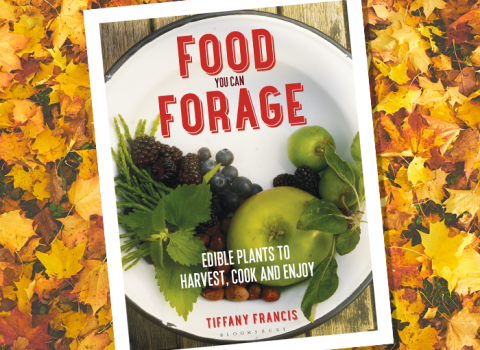There’s nothing more rejuvenating than the swing from August to September. The chaos of summer - of breeding and courtship, greenery and endless heat - fades, and suddenly the wind blows cooler, the woods swell with decay, and with each shortening day we begin our repose into autumn.
This is my favourite month to go out into the countryside and forage wild food from hedgerows dripping with nuts and berries.
Juicy autumn berries
Elderberries are one of the best fruits to forage at this time of year. They can be found everywhere in Britain, but often grow around rabbit warrens because rabbits eat the berries and help germinate the seeds. The berries are small and deep purplish-red, ripened from leftover elderflowers in spring, and although they can be eaten raw in small amounts, they’re better fermented in mead or simmered into jam and jelly. This year I’ve been making sticky elderberry buns with sweet lemon icing, the perfect treat for an afternoon in with a pot of tea.
See Tiffany's recipe for elderberry spiced buns below.



